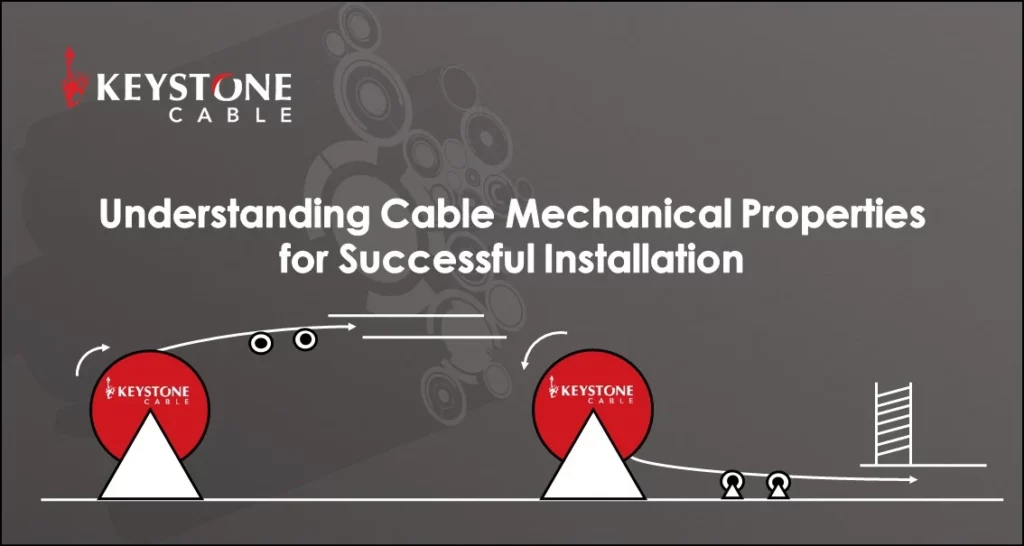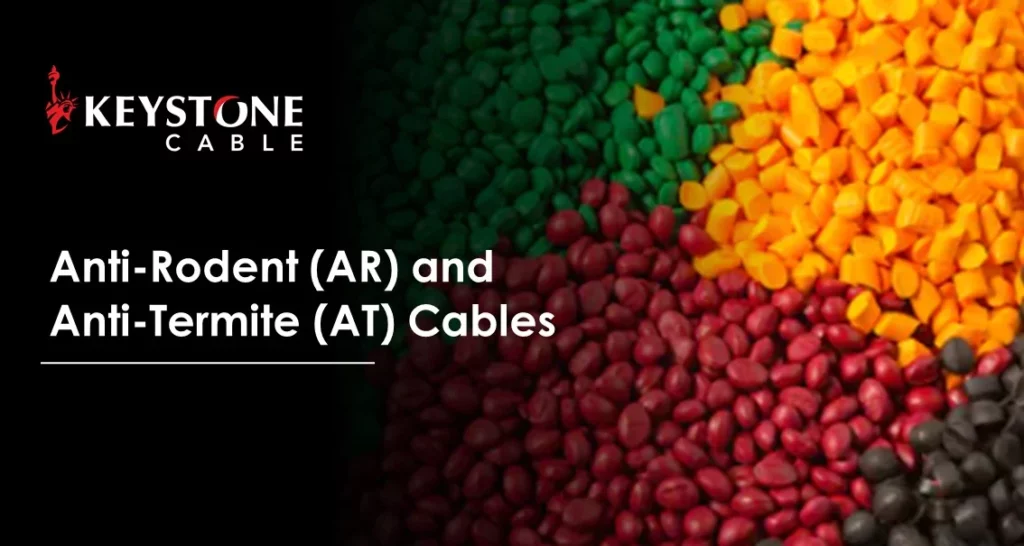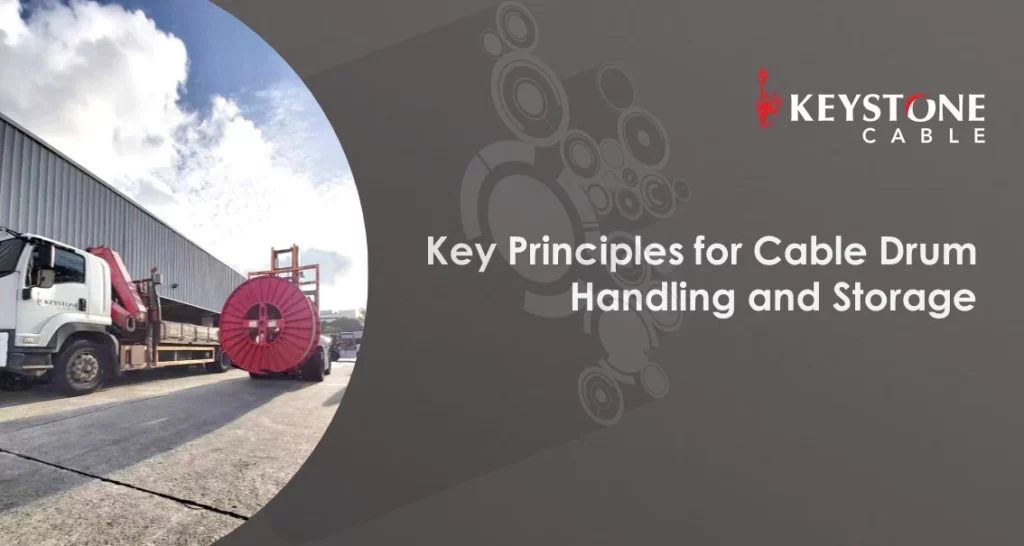Understanding Cable Mechanical Properties for Successful Installation
To help ensure the safety and longevity of your installed cables, here are some key cable mechanical properties to note for a successful installation. • Cable Bending Radius• Maximum Pulling Tension• Sidewall Pressure Cable Bending Radius The cable bending radius is the minimum radius a cable can be bent to without damaging it. The smaller the bending radius, the greater the flexibility of the material. Knowing your cable’s minimum bending radius will help prevent damage during installation. Please refer to our article here if you need a reference table and an example of how it is calculated. To prevent overbending in cables, we recommend how a cable could be fed during your setup process. If you are planning to lay your cables overhead, onto a tray, for instance, we recommend mounting cable drums on jacks or cable stands in the orientation so that the cable can be pulled from the top. This is the default recommended orientation for pulling cables rather than from the underside; to prevent the cable from potential damage due to overbending or friction against the ground, especially when possible sharp objects such as rocks or nails are on site. Setup for overhead However, if you are installing the cable in a duct close to the ground, we recommend pulling the cable from the underside instead, taking care to place cable rollers to help support your installation and to prevent damage to your cable sheath. Setup for duct close to the floor Setup for pulling around bends Use sheave assemblies that exceed the minimum bending radius for pulling around bends. Pulleys must be positioned to ensure the effective curvature is smooth rather than polygonal. Maximum Pulling Tension When installing larger cables, it is advised to use a cable-pulling grip attached to the leading end of the cable’s metallic conductor. Where pulling attachments are used on the cables, they should be covered with protective tape to prevent the scoring of the cable trays, cable ladders, and installation pulleys. Based on the manufacturer’s recommendation, use a dynamometer to ensure that the cable’s maximum pulling tension is not exceeded. Table 1: Permissible Maximum Pulling Tension (Kgf) *Tip: The cable should be pulled at a constant speed. Drums with an extended length of cable should not be allowed to rotate too rapidly as the overrun can cause cable kinks and damage if the pulling is suddenly slowed or stopped. Side Wall Pressure Sidewall pressure is the tension that the cable experiences as it is pulled through a curved section. This is determined by both the pulling tension exerted on the cable as well as the bending radius limitation of the cable. To prevent damage, it is important to keep the side wall pressure below the 500 Kgf/m maximum permissible side wall pressure. For more information, you may reach our sales team here. Contact Sales
Understanding Cable Mechanical Properties for Successful Installation Read More »



